This is the kind of film that doesn’t try to impress you with drama. It doesn’t need to. So Damn Easy Going simply invites you into one teenage girl’s head—and heart—and lets you live there for 90 beautifully honest minutes. And for me, that was more than enough.
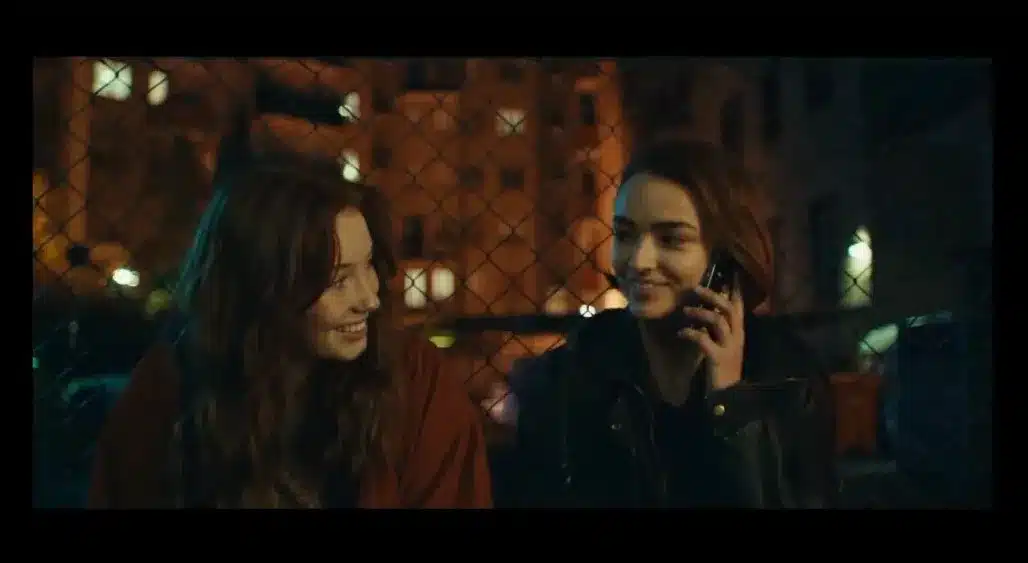
Joanna is 18, has ADHD, and lives in Gothenburg with her emotionally fragile dad. She’s out of meds, broke, and spiraling quietly. Just when everything feels too loud and too much, she meets Audrey—a girl with sharp eyes, strong presence, and a kind of calming magic.
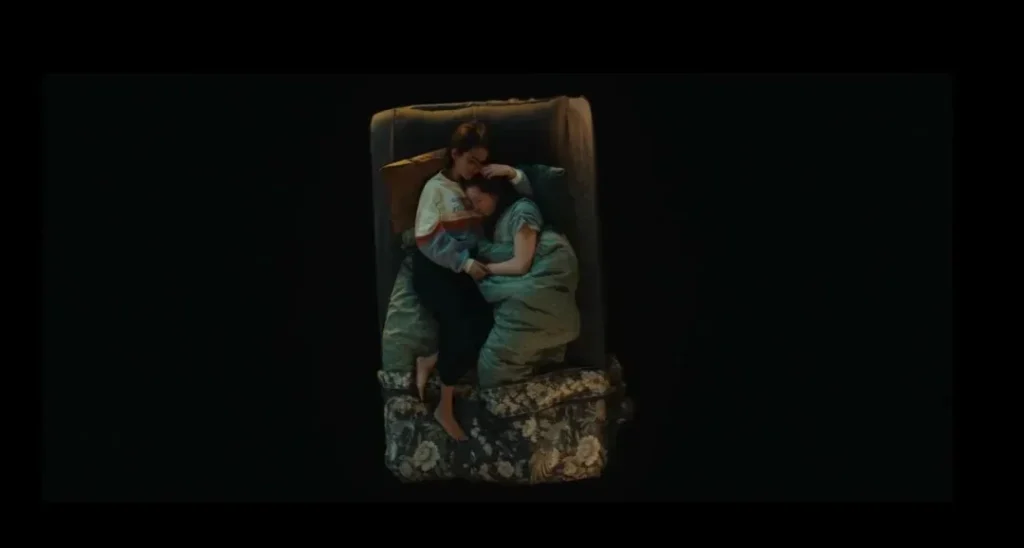
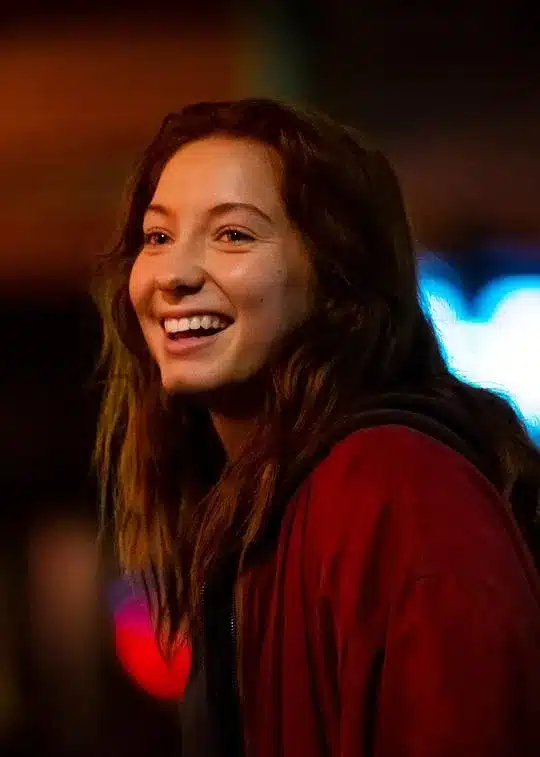
An 18-year-old girl with ADHD, navigating grief, poverty, and queer desire. Restless, intelligent, and vulnerable, Joanna’s inner chaos often spills into her everyday life.
Nikki Hanseblad
Nikki Hanseblad brings startling authenticity to Joanna’s emotional turbulence. From impulsive decisions to panicked silences, her portrayal is one of the most nuanced depictions of ADHD I’ve seen in film. She grounds Joanna in both truth and contradiction.
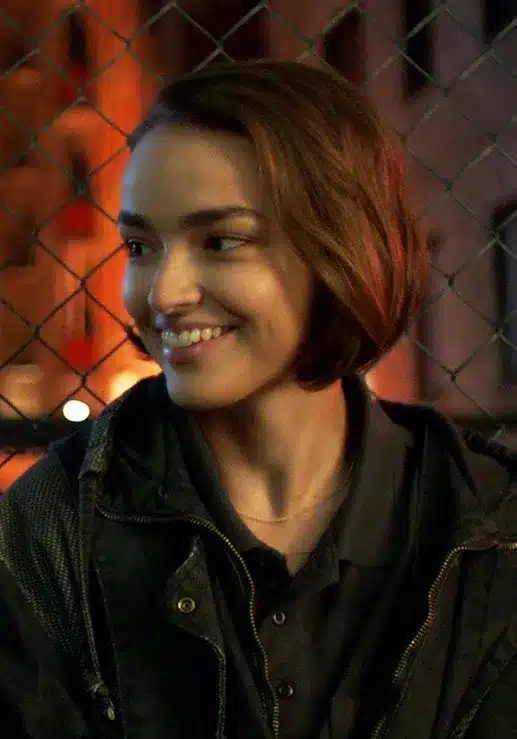
A confident and self-assured classmate who becomes Joanna’s safe space. Audrey is the kind of person who notices the trembling hands, the silence behind words—and reaches in without force.
Sara Shirpey
Sara Shirpey radiates gentle strength. Her performance doesn’t demand attention—it earns it. She is steady where Joanna is stormy, and their chemistry thrives in that emotional contrast.
Director

Christoffer Sandler
Christoffer Sandler is a Swedish director and screenwriter known for his emotionally grounded, youth-focused storytelling. Before making his queer feature debut with So Damn Easy Going (2022), he gained national acclaim for the teen series Sukt Oklar (2018–2020), praised for its honest take on growing up. In So Damn Easy Going, Sandler approaches Joanna’s ADHD and queerness with rare sensitivity—eschewing clichés for quiet emotional depth. With this film, he emerges as a distinct voice in Nordic LGBTQ+ cinema, blending mental health, identity, and coming-of-age themes through a lens of poetic realism.
MOVIE HIGHLIGHT
ADHD as emotional texture
Joanna’s ADHD isn’t framed as a problem to be fixed, but as a rhythm that shapes how she sees, feels, and loves. The film captures her inner chaos with poetic intimacy—from trembling hands to impulsive decisions that never feel judged.
A queer love story without spectacle
Joanna and Audrey’s connection unfolds slowly, without melodrama. One of the most moving scenes? Audrey gently pressing Joanna’s shaking hand mid-panic attack—quiet queerness at its most tender.
Water as sanctuary
Swimming becomes a visual metaphor for peace and escape. In a world that overwhelms her, the water is where Joanna finds control, memory, and eventually—love.
Mental health portrayed with empathy
This isn’t a “mental illness movie.” It’s a film about trying to feel normal in a world that moves too fast, with people who either don’t get it—or quietly, beautifully do.
So Damn Easy Going Review
Review
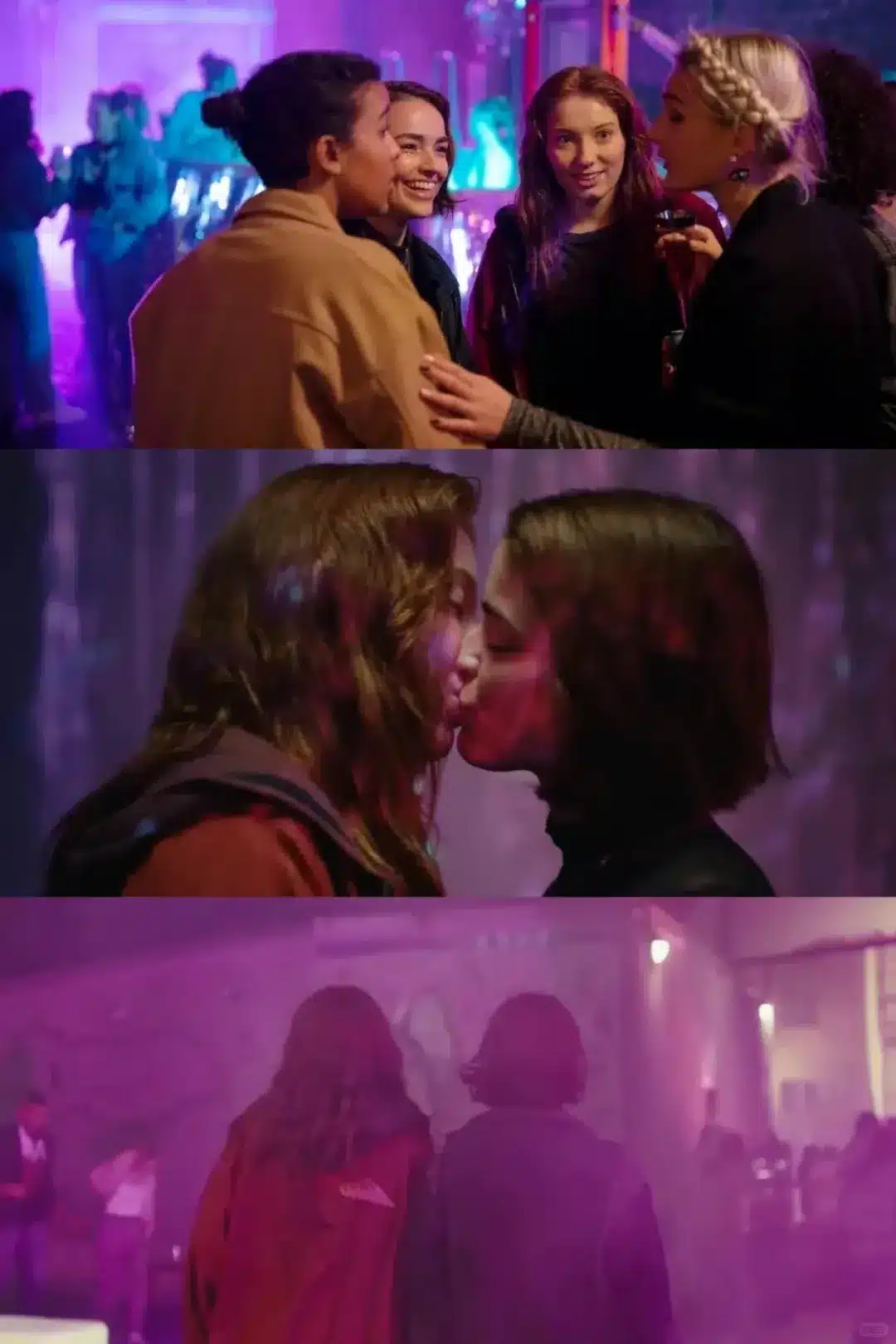
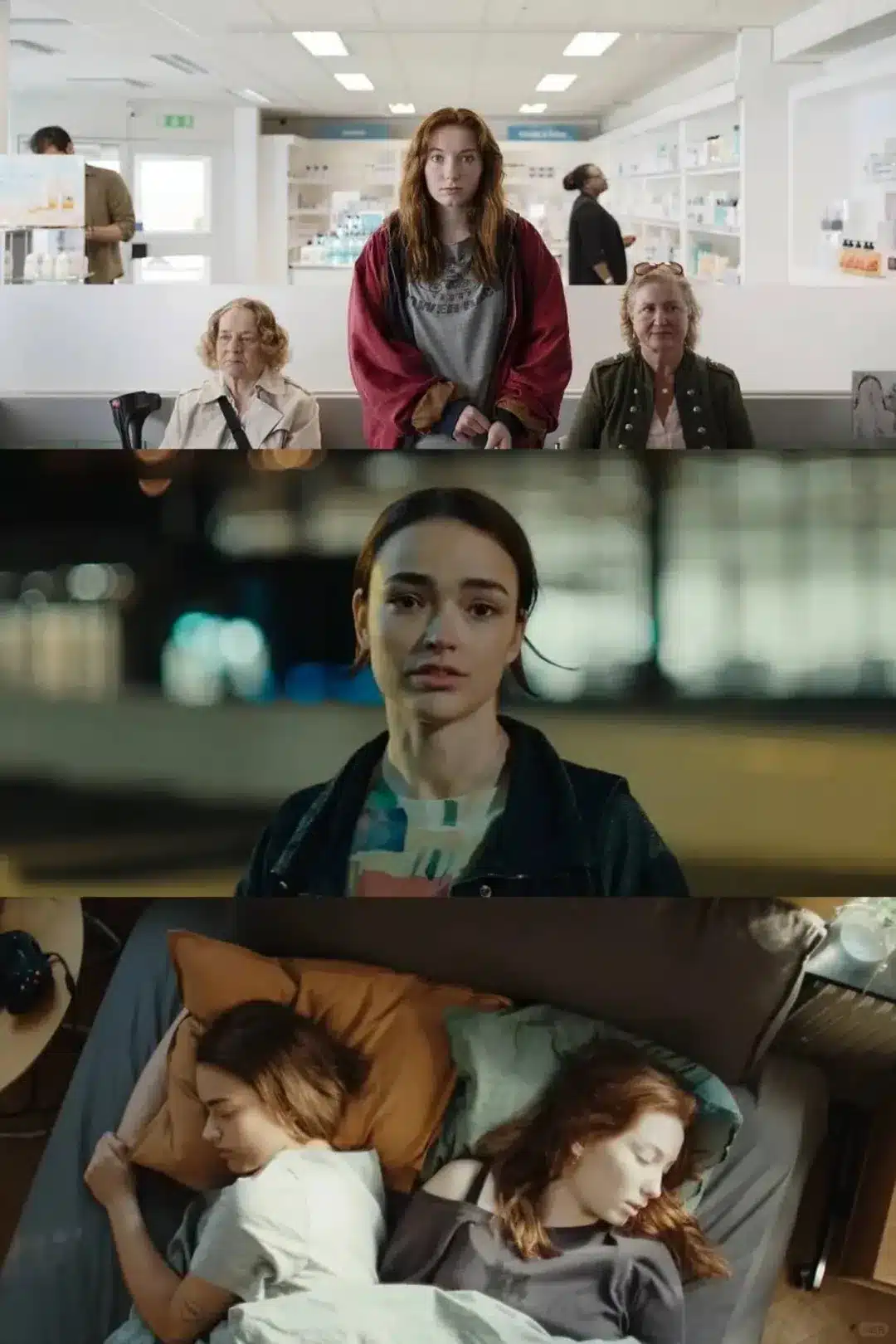
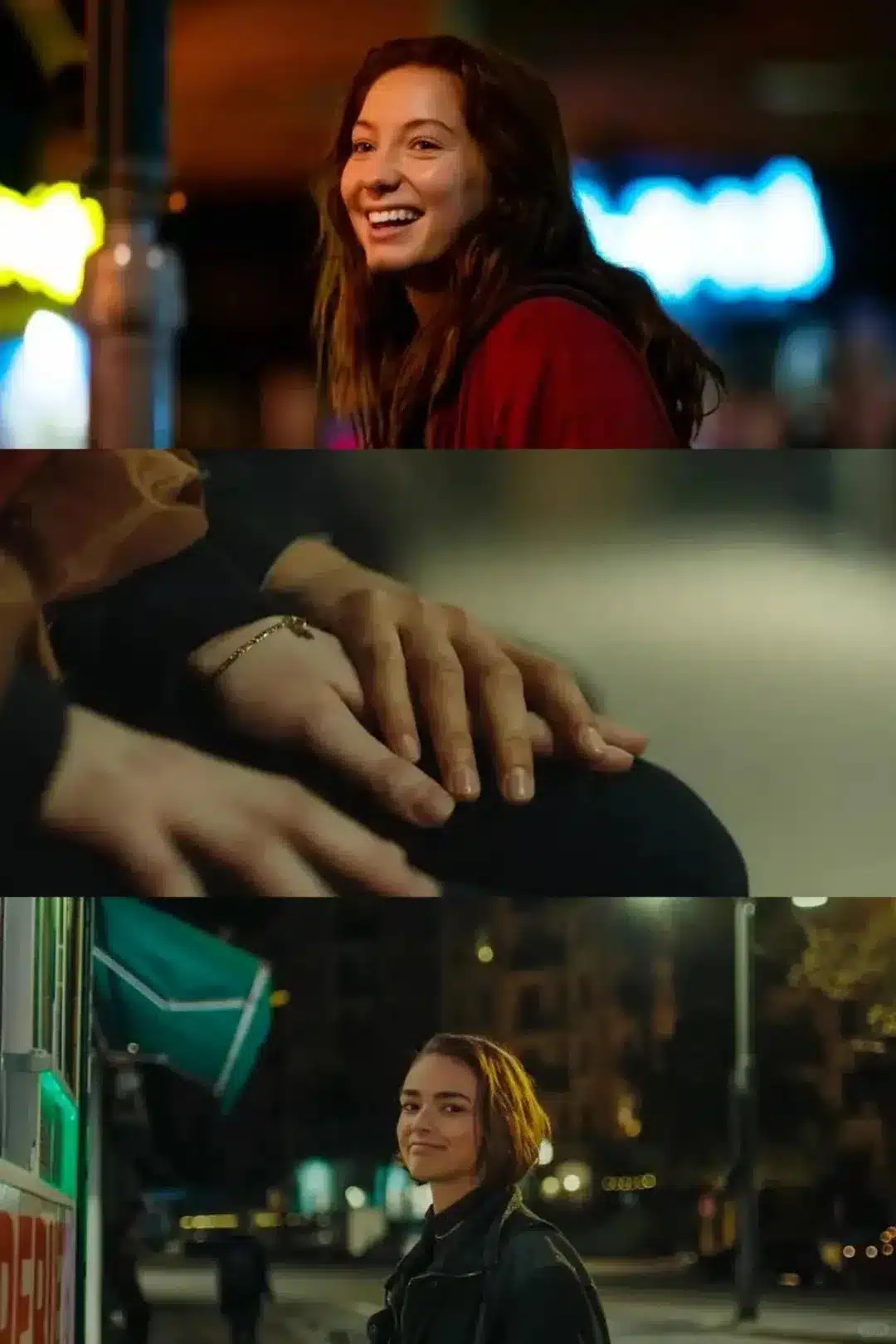
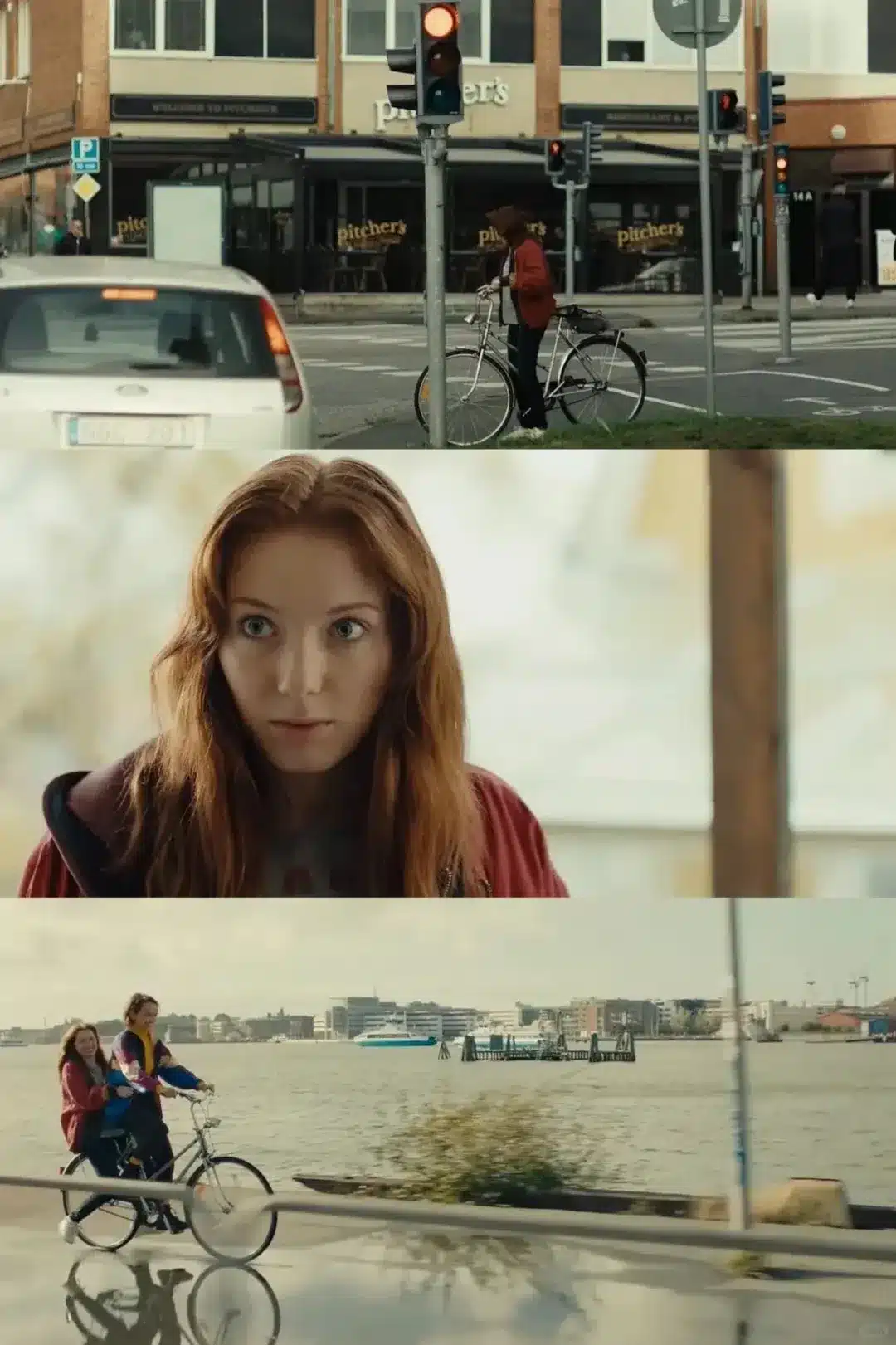
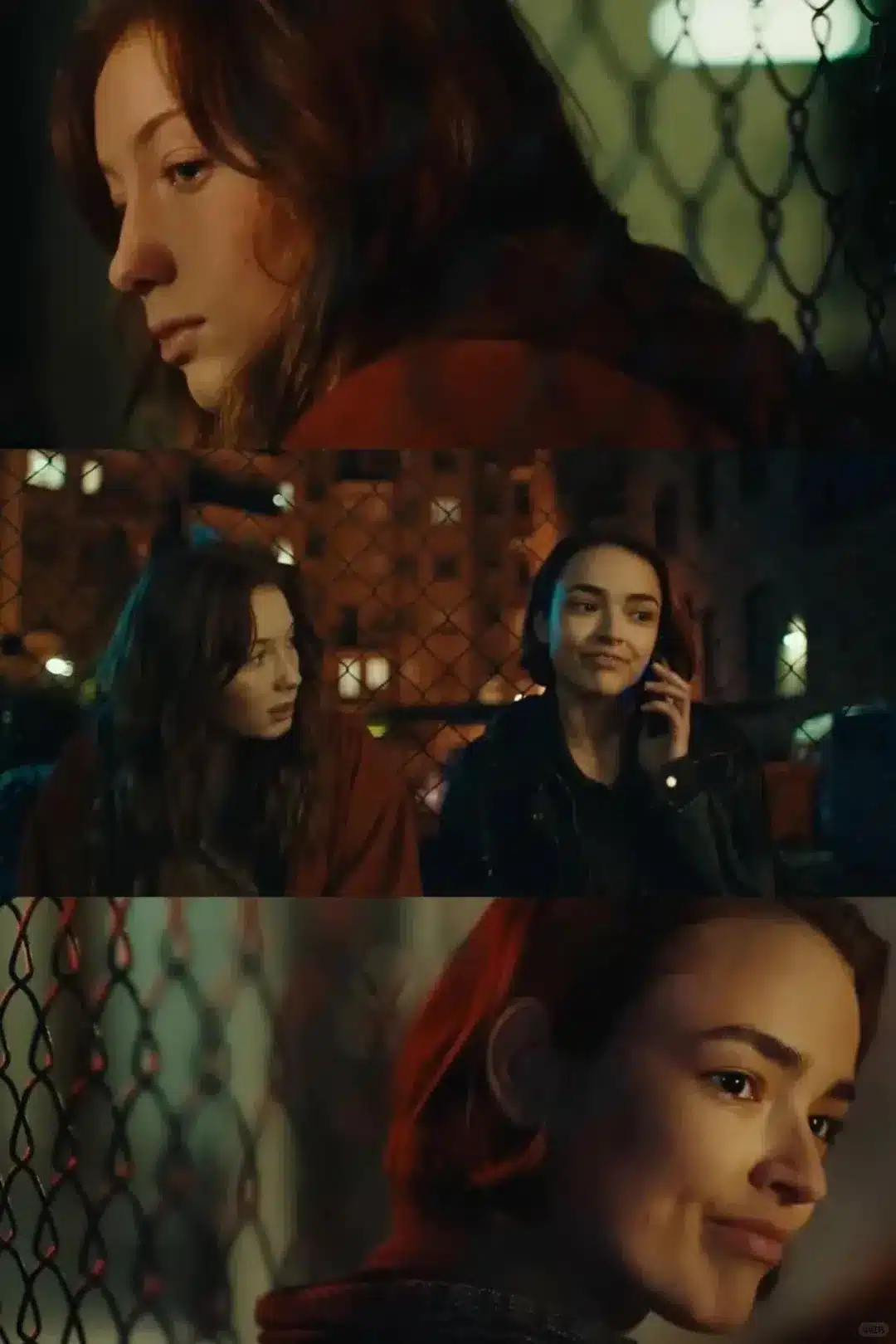
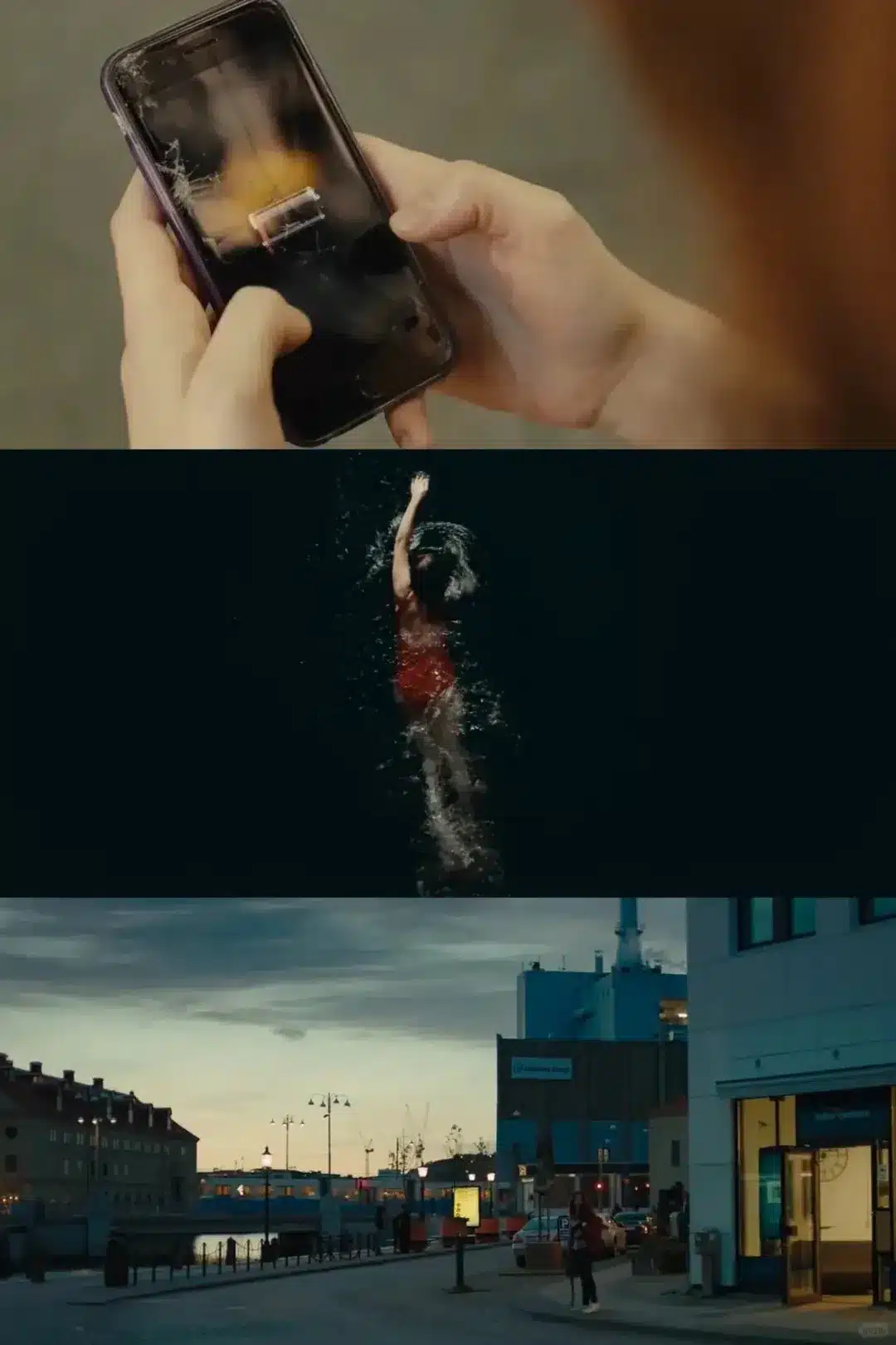
⭐Story – 4.5 / 5
The plot flows like a river—sometimes erratic, sometimes still, but always honest. While it doesn’t follow traditional three-act structure or climax-driven arcs, it captures the real emotional rhythm of youth, especially when your brain and life are both in overdrive. Joanna’s ADHD is not a gimmick but the pulse of the film.
⭐Acting – 4.6 / 5
Nikki Hanseblad gives a beautifully raw performance as Joanna, embodying both chaos and tenderness without ever overplaying her hand. The micro-expressions, the nervous tics, the bursts of awkward courage—it all feels lived-in. Sara Shirpey as Audrey is calm yet magnetic, a perfect emotional counterweight.
⭐Chemistry – 4.8 / 5
The tension between Joanna and Audrey is built on subtlety: lingering gazes, hesitant touches, a shared silence. Their first kiss feels like a dive into deep, safe water. It’s not steamy—it’s intimate in a way queer stories rarely allow themselves to be. And that’s exactly what makes it powerful.
⭐Production – 4.2 / 5
For a low-budget indie, the cinematography does wonders. The muted colors contrast beautifully with Joanna’s internal storm. Visual metaphors—especially water and darkness—are used with intention. The music is quietly effective, pulsing just beneath the skin without ever overpowering the emotions.
⭐Ending – 4.0 / 5
No grand closure, no dramatic twist. Just the soft, tender revelation that love can be a steadying force. The final line (“You’re the same kind as me”) is one of the most affirming, quietly queer endings in recent memory. Some viewers may find it understated—but that’s also what makes it stick.
💬 Personal Insight
I didn’t expect this film to pull me in so deeply. But it did—gently, piece by piece. I saw so much of myself in Joanna. Not just in the queer longing, but in the way she struggles to hold herself together while trying to be lovable, normal, enough.
There’s a moment where Joanna’s hand trembles during a panic episode, and Audrey silently presses her hand down without breaking a conversation. That scene broke me. It’s the kind of quiet love we rarely see on screen—especially for girls like Joanna.
The film doesn’t sensationalize queerness or mental health. There’s no over-the-top climax, no dramatic reveal. Just the slow ache of figuring out how to trust, how to be seen, and how to say “I love you” when you’re still learning who you are.
And that final line—”You’re the same kind as me”—left me in tears. Not because it was sad, but because it felt like safety.
